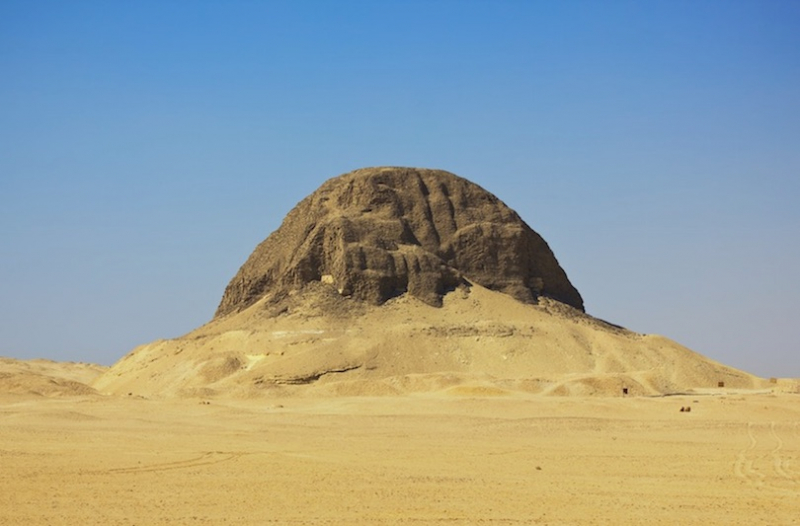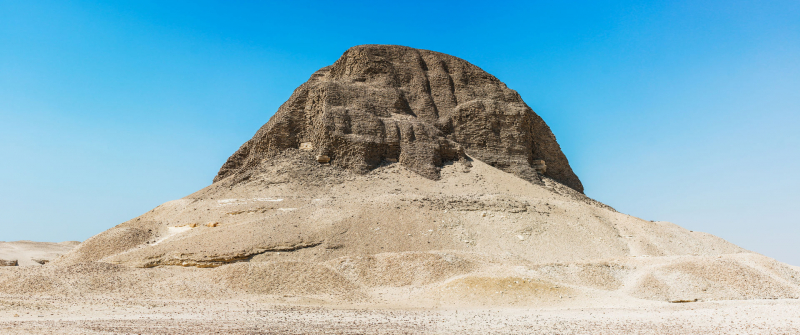Pyramid of Lahun
The Pyramid of Lahun, also known as el-Lahun, was built approximately 1180 BC during the reign of Senusret II of the 12th Dynasty. El-Lahun means "Mouth of the Canal," because it was located right on the water. This pyramid is currently in ruins, and the internal causeways and corridors are mostly ruined and inaccessible. Even in the 1840s, when explorers were eager to unearth and describe as many Egyptian pyramids as possible, British archeologist Sir Flinders Petrie spent months just finding the entrance to the pyramid itself.
Despite the fact that the north side of the building is usually the entry due to religious reasons, the entrance to the Pyramid of Lahun was concealed in the courtyard on the south side of the building. One of the first pyramids in Egypt where safeguarding the tomb's contents and ensuring its security came before following established customs is the Pyramid of Lahun.
Although there are no remains, it is thought that the Pyramid of Lahun's exterior was covered in ornamented granite. The pyramid's base was effectively built from existing natural limestone, which made the building simpler than usual. The peak of the construction was most likely formed by a smaller black granite pyramid that was positioned there.
Location: Faiyum














